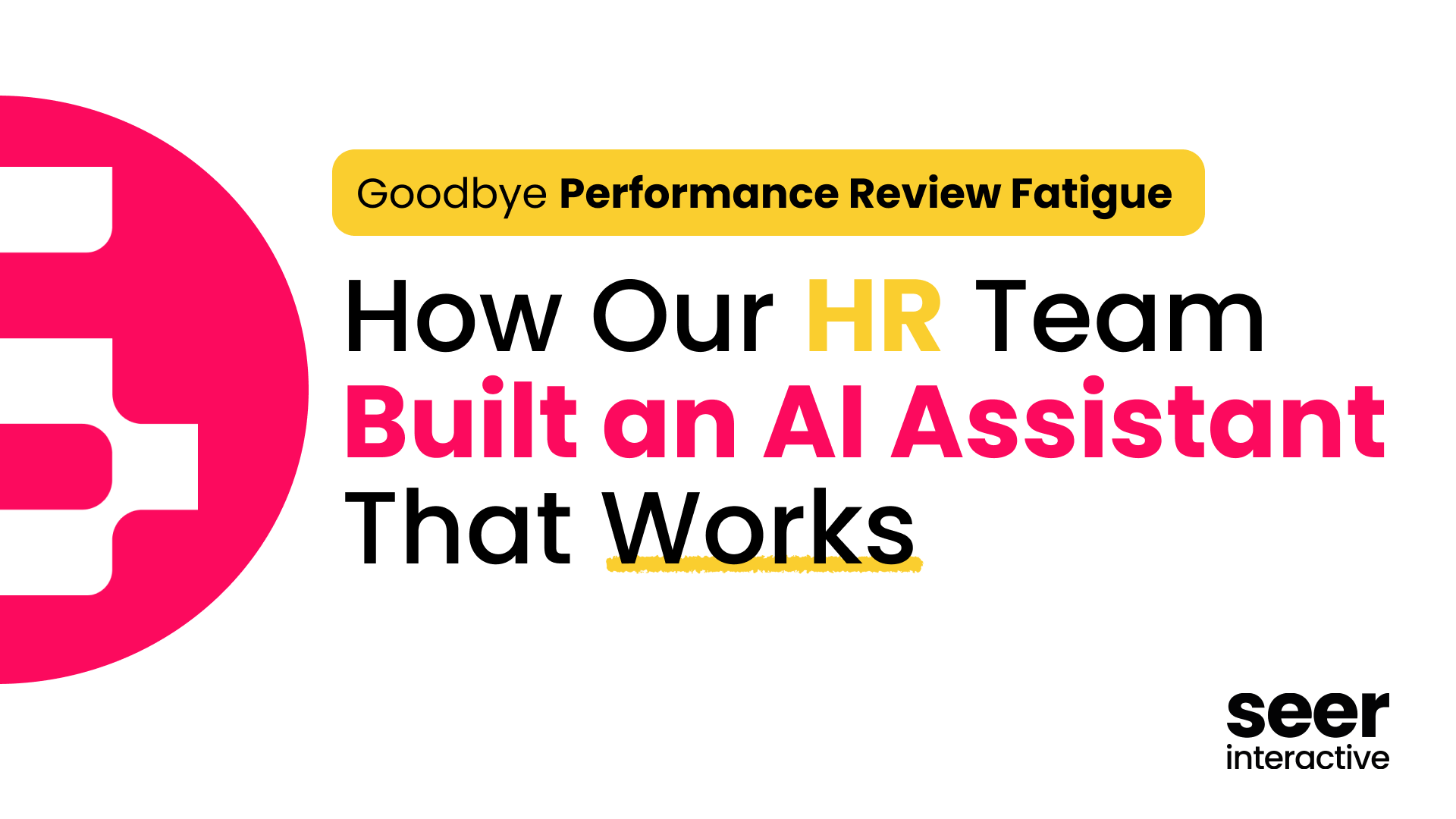Most of us have had at least one onboarding experience that had us frantically searching for the exit doors. Maybe you didn’t get the training you needed or perhaps you were overloaded with paperwork. There’s nothing worse than being brand new at a company and feeling completely lost on who to contact for help. We’ve all been there, and it wasn’t fun. 😵
An unsatisfactory onboarding experience can be a huge disappointment from the team members' perspective.
Additionally, the onboarding experience can have a significant impact on a company’s retention-rate and productivity-levels.
According to the Brandon Hall Research Group, onboarding experience affects retention by up to 82%. Adding to that staggering number, SHRM reports that effective onboarding processes can increase a new hire’s productivity by 50%. In other words, investing time into developing a robust onboarding process can set both the team members and organization up for long-term success.
Clearly, a robust onboarding process should be a top priority for all organizations, and Seer is no different. We took a look at our own data to see how we were doing and we were a bit surprised at the results!
How We Gathered Feedback on Our Onboarding Process
- Week 1 Survey - This is administered to New Hires after their first week of onboarding. We ask for feedback about our pre-onboarding processes and the newbie's first week experience.
- Month 1 Survey - This is administered to New Hires after their first 30 days with Seer. It collects data on training, workplace connections, managerial support, and more. Both week 1 and month 1 surveys capture qualitative and quantitative data.
- Energage Survey - This is a tool we use once a year to get a pulse on the experience of our team members across the org. This allows us to see trends across all divisions and teams to pivot and make changes as necessary.
What the Data Said (& the 3 Things We Changed During Onboarding)
- 1:1 Buddy Program --> Buddy Cohorts
- Back to Back Trainings --> Spread Out Trainings
- Week 1 Homework --> Downsized & Consolidated
Scalability of the Buddy Program
Before: Our beloved buddy program was originally created for three main purposes: to connect our newbies with a seasoned Seer team member for role-specific support, provide a POC outside of their client team during onboarding, and build community.
However, when we increased our hiring volume, we realized this 1:1 system wasn’t sustainable and our good intentions to support our newbies had gone out the window. We determined that scalability is an important factor to consider when building onboarding processes and team member engagement programs.
After: We were confident that the Buddy Program was well-intentioned, we just had to figure out the best way to structure the program, in order to ensure that we were driving value for New Hires. So, we gave our buddy system a revamp; instead of pairing newbies 1:1 with seasoned Seer folks, we created newbie cohorts! This allowed for our newbies to build connections with other new hires and receive role-specific support from our tenured Seer team.
Engagement with buddies has already started improving!
Scheduling of Training Sessions
Before: There’s a lot to learn during week 1 -- how to track your time, overviews of different divisions, how to navigate the various tools that we leverage and more.
In an effort to prepare our new hires, we had unintentionally overwhelmed them by scheduling them for too many back-to-back training sessions. Hey, everyone needs a bathroom break, right? We realized that scheduling in downtime was a necessity.
After: We looked at our training schedule with fresh eyes to see where we could incorporate breaks and down time. We were able to shift our training sessions to ensure that our new hires were only experiencing one hour blocks of training at a time before they had a break.
Satisfaction rate increased to 92% with this shift.
Time Spent on Homework
Before: Yes, we know our new team members aren’t in a traditional classroom, however they are students of Seer when they first get started! Our amazing trainers assigned homework that was intended to enhance everyone’s understanding of the training session.
What we missed was the fact that each trainer had developed their own homework individually which created a siloed effect. When we pulled up to take a holistic view of how much our newbies were being assigned it was astonished at how much we had been accidentally tasking folks with during their first week!
After: Lastly, we tackled homework assignments. We shifted our training philosophy to exclusively focus on the most relevant material. With this approach, we were able to cut out unnecessary assignments, and make other pieces optional.
Homework time went down from 14.3 hours to just 2.3.
What Does This Mean For You?
My favorite part of this onboarding revamp is that we are an organization who listens to our team’s input and experiences.
We are not afraid to dig into the feedback and data to see where we are excelling and where we are ... not. We are in the people business and our team members’ experience and well-being is a top priority (during onboarding and beyond).
🎥 Check out the video below for more on how this philosophy has shaped Seer for the better:
✔️ If you’re ready to be a part of an organization that prioritizes its team members -- explore Seer Careers (we're hiring!)




